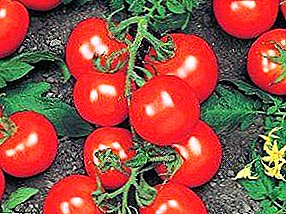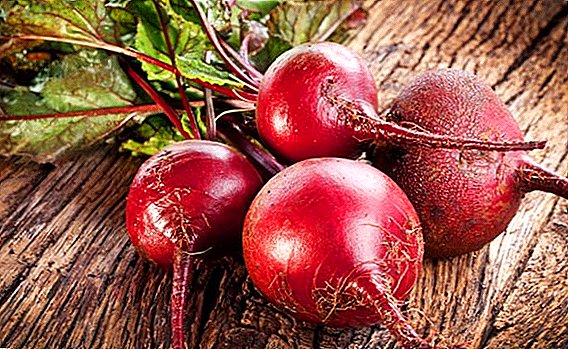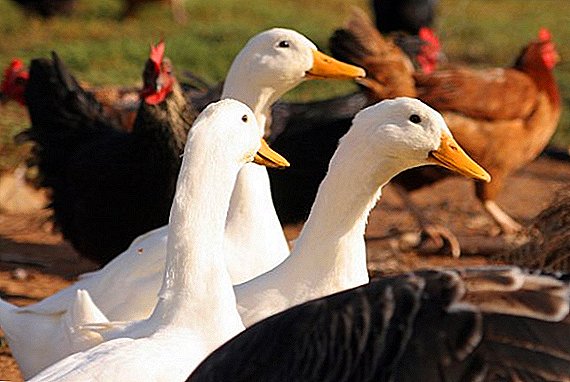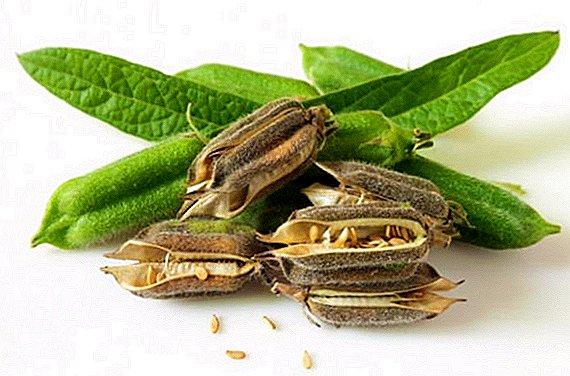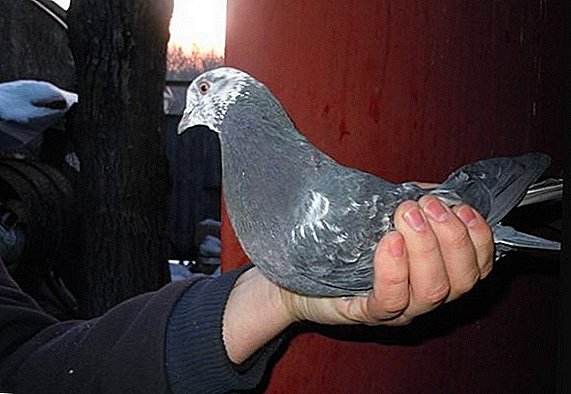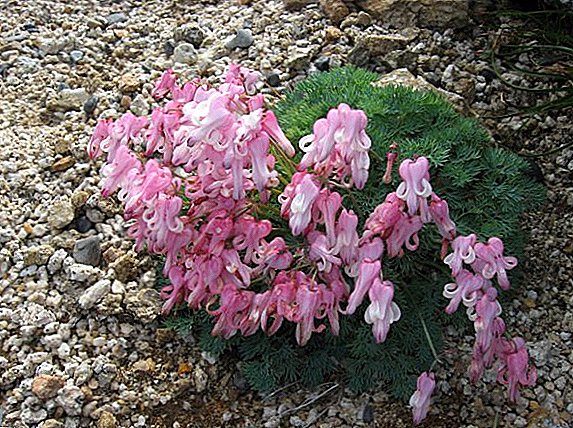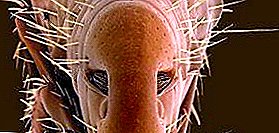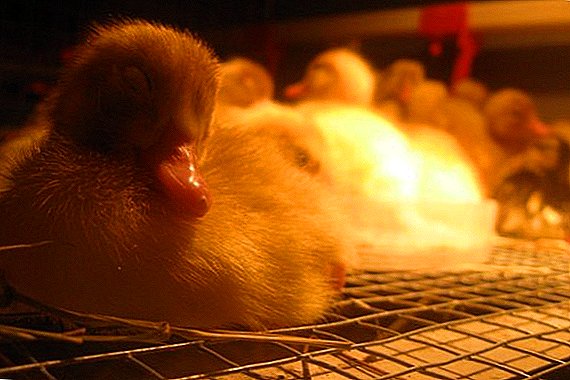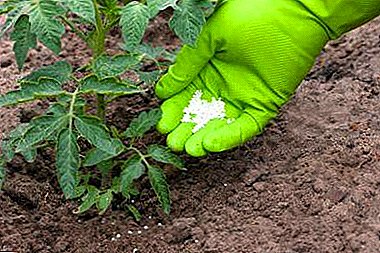
For a full-fledged development, tomatoes need a complex of minerals - macro- and microelements. The macroelements necessary for the vegetation of plants include nitrogen, phosphorus and potassium.
The main trace elements, without which tomatoes can not normally grow and bear fruit, are boron, zinc, sulfur, manganese and magnesium.
The sun, water, mild climate - that is, it would seem, everything that plants in your vegetable garden need. However, not all so simple.
The most generous, most fertile soil sooner or later "gets tired" - it is exhausted, it loses its beneficial properties, ceases to feed its green creations. How to help those and others?
Features ready-made dressings
The reasons may be different: poor soil cover, water or wind erosion, illiterate crop rotation, etc. Chemical composition of fertilizers is divided into several groups.
- Organic and organomineral. Organic substances are exclusively of plant and animal origin - manure, peat, compost. Most often they are harvested on the spot. Fertilizers of this kind improve the physical, chemical, biological properties of the soil, air and water regime.
- Mineral. Substances of inorganic origin. They are solid and liquid, homogeneous and complex. The nutrient is divided into micronutrient fertilizers (zinc, manganese, boric) and macro-fertilizers (phosphorus, potassium, nitrogen, calcium, sulfur).
- Bacterial. These drugs contribute to the development of bacteria that affect the nutritional regime of the soil. In the composition - certain types of microorganisms. Phytohormones, growth stimulants, drainage and ameliorants are distinguished.
We offer you to watch a video about what fertilizers are suitable for feeding tomatoes:
Advantages and disadvantages
 pros:
pros:
- The use of fertilizers makes the work of a gardener easier and easier, while minimizing costs, but at the same time obtaining a large crop.
- The drugs are affordable.
- Plants are becoming more resistant to diseases and pests.
- To use the drug does not need special education - just instructions.
Minuses:
- Non-compliance with the dosages specified in the instructions leads to poisoning of the vegetable.
- The same applies to safety: not paying attention to the hazard class and do not use protective attributes, it is easy to poison yourself.
- Excess fertilizer adversely affects the soil.
Description, methods of use, price in Moscow, St. Petersburg and other major cities
"Baby" for tomatoes and peppers
 Judging by the reviews, this drug with such a tender name is liked by very many. And it cannot be otherwise - it contains all the necessary microelements that are important for the development and growth of tomatoes: nitrogen, phosphorus, sand, dolomite flour, potassium and peat. But there is no chlorine in it at all, so delicate leaves are not threatened with burns. This drug is universal: "Baby" can be used for soaking seeds, and for seedlings, and for adult tomatoes.
Judging by the reviews, this drug with such a tender name is liked by very many. And it cannot be otherwise - it contains all the necessary microelements that are important for the development and growth of tomatoes: nitrogen, phosphorus, sand, dolomite flour, potassium and peat. But there is no chlorine in it at all, so delicate leaves are not threatened with burns. This drug is universal: "Baby" can be used for soaking seeds, and for seedlings, and for adult tomatoes.
"Baby" can also be used for feeding eggplant and pepper. It stimulates growth, improves the quality of the soil composition and causes the root system to form more intensively.
Scheme of use:
For soaking seed material, the following proportions are used: - 30 ml of the preparation for 500 ml of water. Term - a day.
For seedlings: 10 ml of fertilizer diluted in a liter of water, poured at the root after the appearance of the first leaf.
Repeated feeding - after the appearance of the third. The average price is 25-30 rubles for 250 ml.
"Red Giant"
 Another non-chlorine complex fertilizer that provides tomato seedlings a balanced diet from planting to fruit formation. Increases the yield, reduces the susceptibility of fungal and bacterial diseases.
Another non-chlorine complex fertilizer that provides tomato seedlings a balanced diet from planting to fruit formation. Increases the yield, reduces the susceptibility of fungal and bacterial diseases.
Application: 1 tbsp. l (no slides) applied to 10 liters of soil before planting seedlings.
Proportions for root dressings: 20 g dissipate per 1 square. m. Cost - 60-90 rubles per 1 kg.
"Ammofoska" for tomatoes
 Ammophos is produced in granules. A large amount of potassium and sulfur in the composition (more than 14% of the one and the other) makes the bushes more resistant to pests and stressful situations, they allow to build up abundant green mass and a lot of fruits.
Ammophos is produced in granules. A large amount of potassium and sulfur in the composition (more than 14% of the one and the other) makes the bushes more resistant to pests and stressful situations, they allow to build up abundant green mass and a lot of fruits.
Due to the fact that the granules slowly dissolve in the soil, the plant receives food for a long time. Another "plus" - the ability to feed the plants at any time of the year, except for winter. Ammophoska is not toxic and does not absorb excess nitrogen, but if you violate the rules of dosage, it increases the acidity of the soil.
For the first feeding enough 20 g per square meter. The mixture is scattered over the surface and filled up with a rake. When planting seedlings in the landing hole is added to 1 tsp. powder. At the stage of flowering and ripening tomatoes under a bush, you can pour up to 1 liter of solution.
In March, the drug can be scattered on melting snow, in summer and autumn to dissolve in warm water, be sure to remove sediment. Since this drug belongs to the 4th class of danger, it is imperative to use protective clothing, gloves and a mask when working. The price starts from 99 rubles. per kg
"Nitrofoska"
 Another granulated mixture for tomatoes with the classic NPK complex (phosphorus, nitrogen, potassium).
Another granulated mixture for tomatoes with the classic NPK complex (phosphorus, nitrogen, potassium).
The list of its benefits is extensive: the granules dissolve well and without residue in water, do not stick together during storage, due to the high concentration of the main elements, the growth of agricultural crops is markedly accelerated, and the yield increases by 30-40%.
But the disadvantages are significant: the shelf life of the drug is only six months, and the excess dosage (even the minimum) leads to the accumulation of nitrates in the fruit.
Nitrofaska is flammable and can explode if you do not take precautions!
Of the 3 existing varieties of fertilizer for feeding tomatoes suitable sulfuric acid and phosphate. When grown on an industrial scale, pellets are scattered on the soil before planting, but in private farms it is more convenient to pour the granules into the wells.
The proportions are as follows: 1 tbsp. on the well before disembarking.
To prepare a liquid solution, 50 g of the substance is dissolved in 10 l of warm water. The same solution can be watered seedlings 2 weeks after transplantation. The cost varies from 25-30 rubles per kg.
We offer to watch a video about the drug "Nitrofoska":
"Bogatyr"
 "Bogatyr" - organic mineral fertilizer in liquid form. Humic substances in the composition - 18%, nitrogen - 21 g / l, phosphorus - 48 g / l, potassium - 72 g / l.
"Bogatyr" - organic mineral fertilizer in liquid form. Humic substances in the composition - 18%, nitrogen - 21 g / l, phosphorus - 48 g / l, potassium - 72 g / l.
Bogatyr liquid organic fertilizer “For Tomatoes and Peppers” contains a complete set of nutrients necessary for the full growth and development of plants. Recommended for feeding seedlings of tomatoes and peppers. The content of humates - 18%
To feed the roots, 10 ml of fertilizer is diluted in 1 liter of water, used from the day of the appearance of the first leaf 1 time in 2 weeks. For spraying foliage share of the drug is reduced by 2 times. Price: 70 rub. for 0.3 liters.
"Baikal"
 Using fertilizer "Baikal" for tomatoes allows you to harvest up to 4 times morethan using simple organics. Weekly spraying gives an increase from 50 to 100%, soaking from 10 to 60%. Tomato tastes are improved, the life of the fruit increases. In addition, harmful pests and phytophtorosis completely disappear; during early frosts and drought, resistance increases significantly.
Using fertilizer "Baikal" for tomatoes allows you to harvest up to 4 times morethan using simple organics. Weekly spraying gives an increase from 50 to 100%, soaking from 10 to 60%. Tomato tastes are improved, the life of the fruit increases. In addition, harmful pests and phytophtorosis completely disappear; during early frosts and drought, resistance increases significantly.
The preparation includes lactic acid bacteria, yeast, nitrogen-fixing and photosynthetic bacteria.
On 1 liter of the volume of this feeding contains about 1 billion effective microorganisms. This is a very profitable development - from 1 liter get 1000 liters of fertilizer.
Use the drug for root dressings only if the soil is warmed to 12-15 degrees, otherwise the bacteria will freeze. Bred in a ratio of 1: 1000. In order to increase the fertility of the land, the beds in the fall are mulched with sawdust and watered with diluted product. In spring, fertilizer treatment must be repeated.. Cost - from 600 rubles per liter.
"Mag Bor"
 Environmentally friendly fertilizer for tomatoes of the last generation.
Environmentally friendly fertilizer for tomatoes of the last generation.
pros:
- Increases resistance to fungi.
- Increases the fertility of acidic soils, yield and quality.
- Agrochemical suitability is not limited.
Proportions for working solution: 15-20 g per 10 l of water, spraying is carried out after the formation of a full sheet. For root feeding, the drug is scattered over the area, and after it is dug up.
Proportions: 25 g per 2-3 square meters of land. Fertilizer is considered relatively safe, but it should be hidden from children and pets. Price - 20 rubles. per 100 g
"Gumi omi" for tomatoes, eggplant and pepper
 Natural, Organic fertilizer "Gumi omi" is intended for tomatoes, eggplants, peppers based on chicken manurecontaining a complete set of micro and macro elements (including copper, boron and Gumi fertilizer).
Natural, Organic fertilizer "Gumi omi" is intended for tomatoes, eggplants, peppers based on chicken manurecontaining a complete set of micro and macro elements (including copper, boron and Gumi fertilizer).
Apply dry or diluted in water. For feeding 6 tablespoons of the drug insist in 10 liters of water for 2-3 hours. This drug is a growth stimulator, it helps plants to get stronger, and significantly increase resistance to various diseases and fungal infections.
It also protects the planting from insect attacks, highlighting fungicides that repel aphids, forage moth, spider mites and other pests. The seedlings treated with humates more easily tolerate transplantation into open ground, less sick, become more resistant to temperature extremes.
Can be used every 2 weeks. Cost: 36 rubles for 700 g.
"Ovary"
 This drug stimulates the formation of tomato ovaries, even under adverse weather conditions, increases the total and early yield by 30%, improves product quality. The drug "Vityaz" is a white powder, odorless.
This drug stimulates the formation of tomato ovaries, even under adverse weather conditions, increases the total and early yield by 30%, improves product quality. The drug "Vityaz" is a white powder, odorless.
To feed tomatoes, 2 g of fertilizer is diluted in 2 liters of water at room temperature, mixed thoroughly, infused for 10-15 minutes and used within 24 hours.
If you need to increase the yield, then water should be taken in half. Processing should be carried out in dry, calm weather.in the morning or evening hours.
Cost: 50 rubles. for 2 years
"Hom"
 The main component of the drug "Hom" for tomatoes is copper chlorine. The product is compatible with other preparations for treatment: covering the leaf with a thin film prevents the infection from penetrating deep into the tissues. 40 g of powder are diluted with 10 liters of warm distilled water and used immediately. During the growing season, the treatment should be carried out 4 times (with an interval of 5 days). By adding a liter of milk to a bucket of solution, you can increase the ability of the drug to stay on the leaves.
The main component of the drug "Hom" for tomatoes is copper chlorine. The product is compatible with other preparations for treatment: covering the leaf with a thin film prevents the infection from penetrating deep into the tissues. 40 g of powder are diluted with 10 liters of warm distilled water and used immediately. During the growing season, the treatment should be carried out 4 times (with an interval of 5 days). By adding a liter of milk to a bucket of solution, you can increase the ability of the drug to stay on the leaves.
Metal containers for mixing this drug can not be used! The average cost of fertilizer - 27-30 rubles. for 20 gr.
"Athlete"
 This is an environmentally friendly, non-aggressive substance that stimulates the formation of the root system of tomatoes, prevents the plant stems from being stretched out and increases the yield. It does not harm insects and is safe for the human body. Sold in a vial of one and a half milliliter. Spraying is carried out when a third leaf is formed on the plant: 15 g of the substance is diluted in 10 liters of water. After 7 days, repeat, after a week - the third (you can make the solution more concentrated).
This is an environmentally friendly, non-aggressive substance that stimulates the formation of the root system of tomatoes, prevents the plant stems from being stretched out and increases the yield. It does not harm insects and is safe for the human body. Sold in a vial of one and a half milliliter. Spraying is carried out when a third leaf is formed on the plant: 15 g of the substance is diluted in 10 liters of water. After 7 days, repeat, after a week - the third (you can make the solution more concentrated).
After watering at the root can only be watered in 2-3 days. If sprayed - in a day. Cost: 13-20 rubles. for 1.5 g
Conclusion
Diversify the "menu" of plants is necessary, but it requires a competent approach. The excess and deficiency of nutrients adversely affects the yield, so the processing of each crop requires knowledge of certain rules. Gardeners are not born experienced - they learn by listening to the advice of books and specialists. Follow the instructions of the instructions, carefully treat your plants - and they will answer you with a healthy look and tasty fruits.


